The Best NAS Hardware:
CPU
CPU choice weighs in heavily because it's usually the most power hungry part of the system, and will be left on 24/7. The problem is that, while we recommend looking at older hardware for compatibility, newer hardware is far more energy efficient. For example, Intel Atom CPUs are draw very little power, but also barely register on the performance scale. This doesn't matter if you're not using many hard disks or not using RAID with parity (such as RAID 1), but if you're considering a many-disk RAID 5 array we've found you'll want a faster CPU.During our testing, we saw that FreeNAS uses multi-core CPUs very well (as shown below), so this is one of the few occasions that a slow, multi-core CPU is worth investigating. However, more than one CPU core isn't strictly necessary, as we found the Gigabit network will easily become the limiting factor.
We tested Athlon II X2/X3/X4 CPUs at the 2GHz clock speed and found that while the OS spreads the load very well, the performance was limited by hard drives and network - even when using the Athlon II X2.
We also tested our Core i5-661 and found it was able to underclock/undervolt further: we ran it at 2GHz at just 1V, with its IGP at 500MHz and 1.25V. We were even able to cool the Intel CPU passively with a Silverstone NT06-E heatsink.
While the Core i5-661 ran cooler, its and a suitable LGA1156 motherboard cost a lot more than an Athlon II X2.
The specially binned 40W Athlon II X2 240e at a ~£15-20 premium is tempting, or even the 25W 260/270u, but we'd simply opt for the vanilla 240 and underclock/undervolt it ourselves. In fact, we'd be tempted to go even more basic and get the Sempron 140 - a basic 45W single-core CPU, that includes a potentially unlockable second core.
Motherboard
As you want a motherboard that can boot from a USB stick, you'll need a board made in the last few years. For example, many older motherboards, such as Socket A/Socket 370 boards do not support this feature.Motherboard choice goes hand in hand with CPU choice. Small motherboards are wonderful for keeping the total build neat and tiny, and mini-ITX Atom boards are easily available and draw very little power. The problem is, they often don't include with all the features needed - for example only having two SATA ports.
Finding a mini-ITX board with six SATA ports is extremely difficult - but there is one though, the Zotac H55ITX-A-E. There are a few AMD boards out there as well from J&W and more recently, Asus.
Another downside to mini-ITX we've found is that the boards can occasionally use uncommon hardware because of space limitations. The Gigabyte H55N-USB3 for example uses a Realtek RTL8111E Gigabit Ethernet controller that is currently not supported by FreeNAS, whereas the older 8111B/C/D controllers are.
Going micro-ATX offers more native SATA ports - usually five or six - plus more choice of chipsets, CPU sockets. Most micro-ATX boards also include a 16x PCI-E slot for a fancy RAID card, should you feel the need. Micro-ATX boards are often cheaper too, but the downside is that they're obviously bigger than mini-ITX boards.
In our tests we used a Gigabyte MA-880GMA-UD2H, although clearly you don't need 880G graphics and SATA 6Gbps with hard drives today - older 785G boards are usually cheaper and work just as well.

MSI MPG Velox 100R Chassis Review
October 14 2021 | 15:04


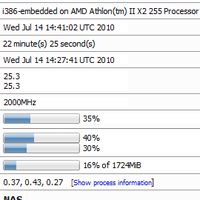
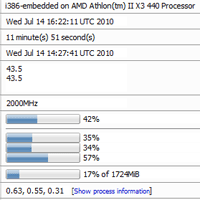
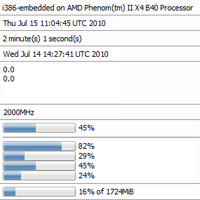
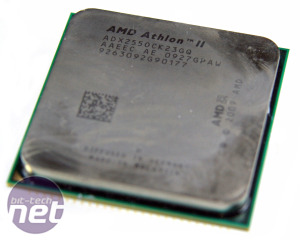
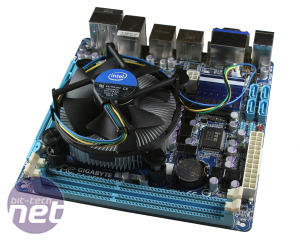
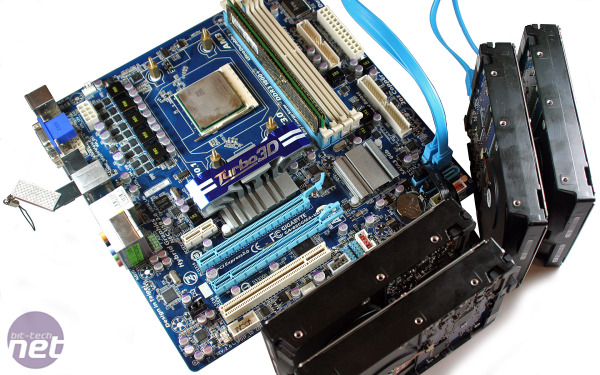







Want to comment? Please log in.